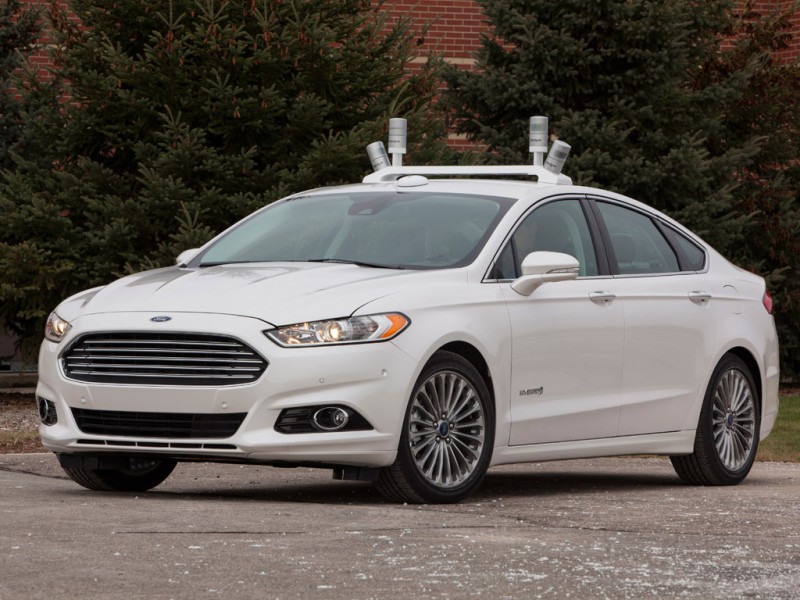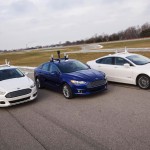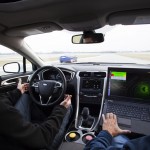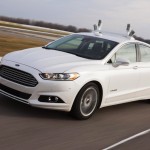Latest technological trends in the automotive industry are swaying more and more toward automation. Starting with automatic gearboxes, then automatic everything else, including climate control, seats, mirrors, boot closing mechanisms and so on – manufacturers seemingly find themselves running out of ideas to automate which means that now, the actual driving experience itself is the current trend to research in automation.
Many companies have successfully trialled automated driving machines, including working examples such as can be found at Heathrow airport and the Heathrow Personal Rapid Transit (PRT) system – or POD cars to you and me. Volvo are set to trial the world’s largest real world on-street tests soon, which you can read about here. There are countless other research vehicles in operation as you read this. Google and Tesla are reportedly working on automated vehicles and Google’s own automated driving test cars have racked up many thousands of miles of crash-free driving.
Ford, who brought us the first mass produced vehicle in the first place, are now joining in on the action too with their ‘Blueprint for Mobility’. Ford have teamed with the University of Michigan and State Farm to reveal their Fusion Hybrid automated research vehicle that serve as their test mules.
Ford has been researching various automated driving technologies for over ten years but the current tests focus on future sensing systems and driver-assist technologies. We’re talking here about things like automatic breaking systems and anti-collision. Ford is aiming for these new technologies to be implemented into it’s next generation of vehicle models and to create arrangements with it’s supplier partners.
Ford Executive Chairman Bill Ford, said:
“The Ford Fusion Hybrid automated vehicle represents a vital step toward our vision for the future of mobility. We see a future of connected cars that communicate with each other and the world around them to make driving safer, ease traffic congestion and sustain the environment. By doing this, Ford is set to have an even greater impact in our next 100 years than we did in our first 100.”
Ford is keen to state that despite the influx of technologies for automation, the driver will always be able to overide and have control of the wheel if necessary.
Raj Nair, group vice president, Ford global product development, said:
“In the future, automated driving may well help us improve driver safety and manage issues such as traffic congestion and global gridlock, yet there are still many questions that need to be answered and explored to make it a long-term reality. With the automated Ford Fusion Hybrid research project, our goal is to test the limits of full automation and determine the appropriate levels for near- and mid-term deployment.”
The automated Fusion Hybrid will serve as the research platform to develop potential solutions for these longer-term societal, legislative and technological issues raised by a future of fully automated vehicles.
The Fusion Hybrid research vehicle builds on driver-in-control studies conducted in Ford’s VIRTTEX driving simulator. Using VIRTTEX, Ford researchers study how to merge the capabilities of human and automated drivers to create a seamless, integrated experience.
Source; Ford




